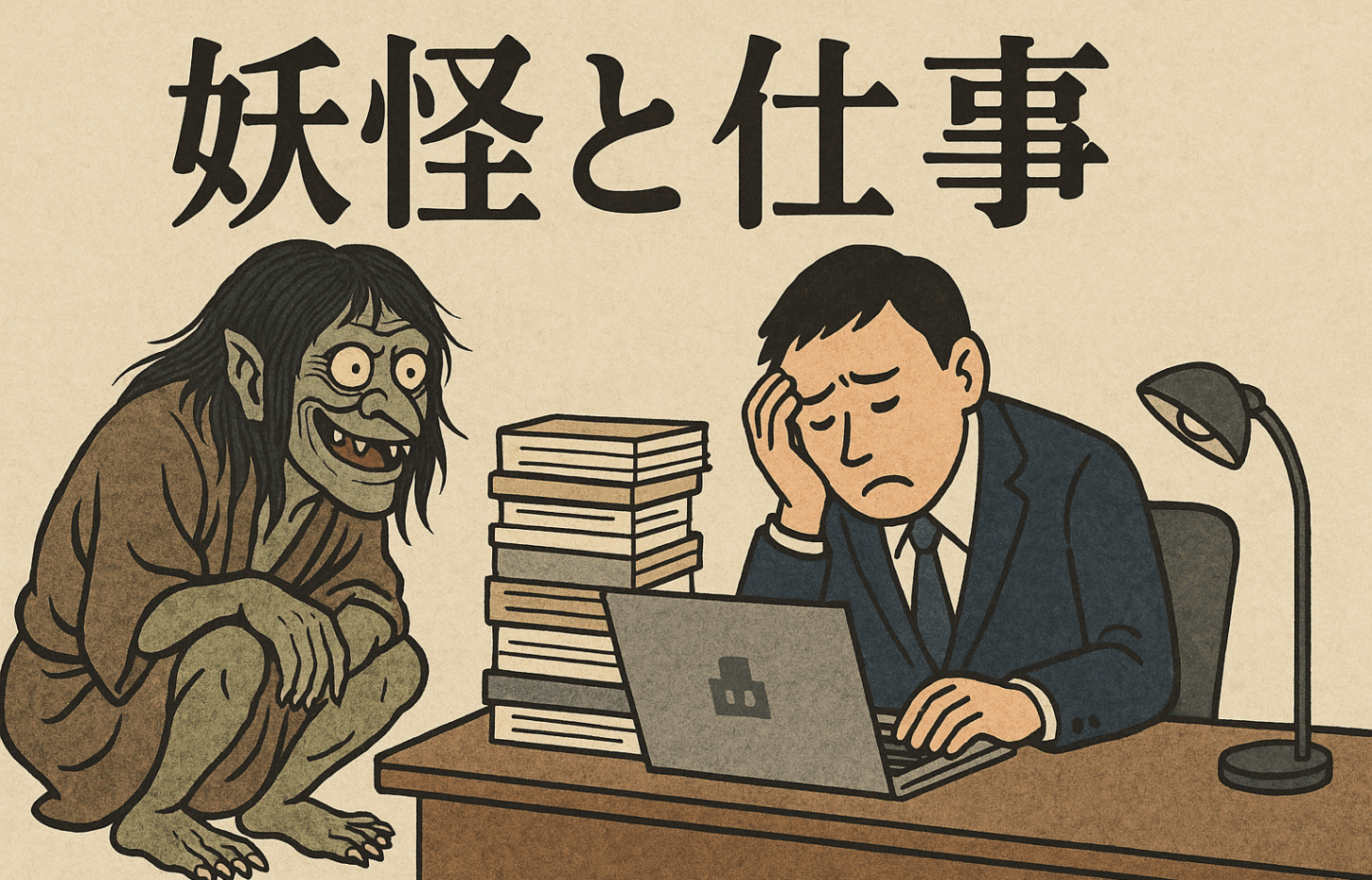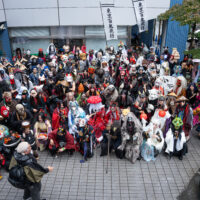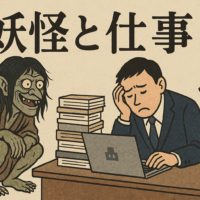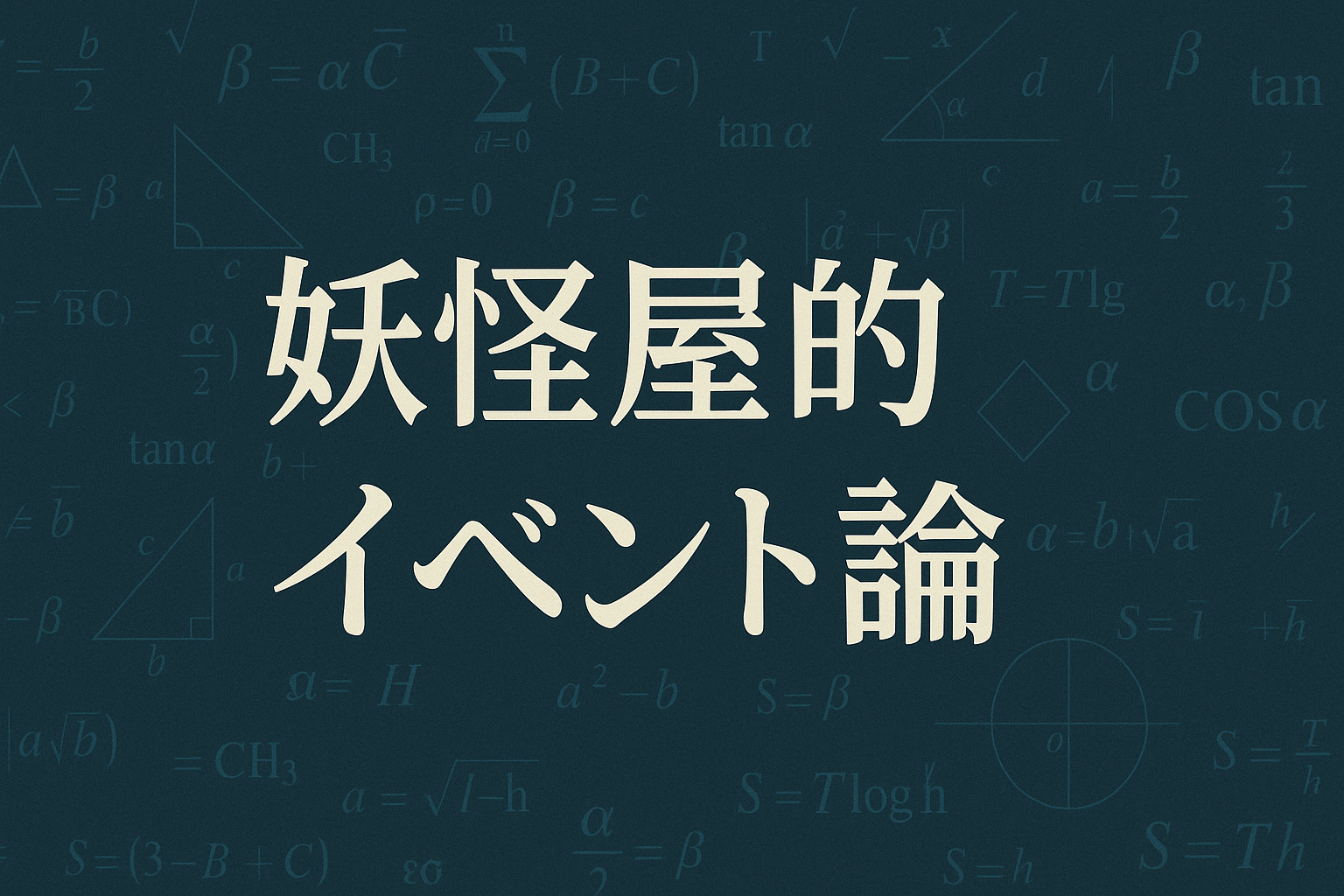
A story of love and monsters: How our relationships with other species reflect the shape of our hearts

Introduction - Do youkai fall in love?
When you come across the theme of "yokai and love," many people may suddenly wonder: Do yokai fall in love? Can they communicate with humans?
In fact, there are many old tales and folk tales in which monsters fall in love with or become partners with humans. However, most of these stories end somewhat sadly and tragically.
This time, through this "love with a different species," I would like to delve a little deeper into the values and boundaries that human society holds.
The Crane Wife and the Snow Woman: A Marriage Story Between Different Species
Famous examples are the "Tsuru Nyobo" (crane wife) and the "Yuki Onna" (snow woman). In the legend of the "Tsuru Nyobo," which originated in Nanyo City, Yamagata Prefecture, a rescued crane transforms into a human to repay the favor, but eventually disappears when its true identity is discovered.
There are many different tales about Yuki-onna. There are stories of Yuki-onna disappearing before a husband who has broken a taboo, stories of motherly love in which the Yuki-onna leaves her child behind, and stories of Yuki-onna who freeze humans to death under the guise of love. In any case, the love between humans and monsters is fleeting and temporary.
Why can't we live together?
So why does love between a monster and a human end in tragedy? There is a structural premise behind it: a tale of interspecies marriage. To be united with a non-human is an act that upsets the original order. The story depicts this "upset" as a momentary dream, and then it comes to an end.
However, this is not simply a matter of narrative convenience. Even in modern times, when we face different cultures or minorities, the tendency to "refuse to acknowledge differences and want to fit them into a box" still exists.
Tolerating ambiguity
The reason why humans and monsters cannot live together is because they cannot help but see their differences as "differences." The moment this becomes clear, the dream is awakened and the relationship is broken.
Staying close to each other, in an ambiguous, nameless relationship - this may not fit with the order that society demands, but it may be the most human form of love.
There is a passage in hide's song "Beauty & Stupid" that goes like this:
"If we had remained two people who knew nothing, we would have come to an understanding."
Just as these lyrics show, relationships that break when you know each other are emotions that run deep in ghost stories. Loving differences as they are, without making black-and-white decisions - the story teaches us how difficult this is, and how precious it is for that very reason.
The love of monsters is a mirror of our own
Falling in love with a yokai is actually an allegory about exploring coexistence with "different beings" and is also a metaphor for overcoming discrimination and exclusion.
That is why we can see hope in the sad ending: that next time, we might be able to love our differences as they are.
The love of yokai is another story that reflects the shape of our hearts.
Introduction – Can Yokai Fall in Love?
When discussing the theme of “Yokai and Love,” many might wonder—can yokai truly fall in love? Can they connect with human hearts?
In fact, many traditional tales depict yokai who fall in love with humans, even marry them. But often, these stories end in sadness.
This article explores such love between “different kinds”—and what these tales reveal about our societal values and boundaries.
The Crane Wife and Yuki-onna – Tales of Cross-species Marriage
One of the most famous examples is the tale of the Crane Wife and Yuki-onna. In the legend from Nanyo City, Yamagata, a crane is saved by a man, transforms into a woman to repay the kindness, and disappears once her identity is discovered.
Yuki-onna's stories vary widely—disappearing upon a broken promise, leaving children behind, or seducing and freezing men to death. Either way, love between yokai and humans is fleeting and fragile.
Why Can't They Stay Together?
Why do these romances between yokai and humans so often end in tragedy?
These stories follow a classic structure of “cross-species union”—where falling in love with the other disturbs social or cosmic order. Thus, their connection is only a temporary dream.
The Challenge of Living with Ambiguity
The moment the difference is “seen,” the illusion collapses. Humans and yokai cannot coexist because they cannot help but notice the difference.
As Hide sings in “Beauty & Stupid”:
“If only we had absent unaware, we might have understood each other.”
This lyric reflects the tragedy found in yokai love stories. The inability to live with ambiguity—and the societal demand to define everything—ultimately dooms these relationships.
Yokai Love is a Mirror of Us
Love between yokai and humans is a parable for coexistence with the unfamiliar. It is a metaphor for overcoming prejudice and exclusion.
Even in their tragic endings, we find a glimmer of hope—perhaps next time, we can love differences without trying to erase them.
Yokai love stories reflect the shape of our hearts, in all their complexity.








No comments yet.